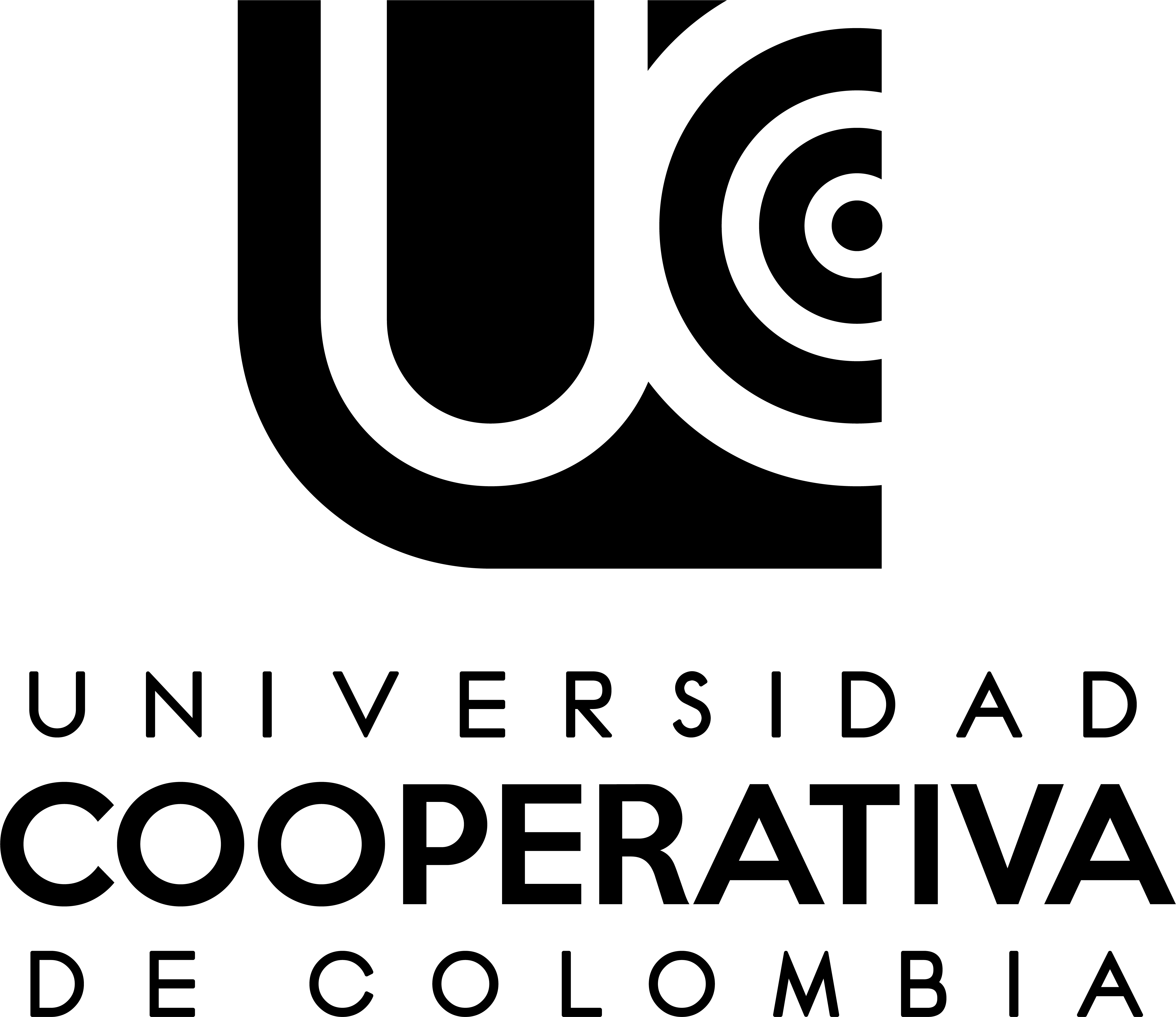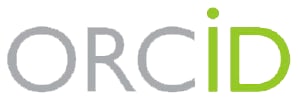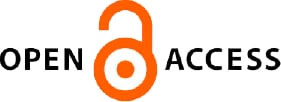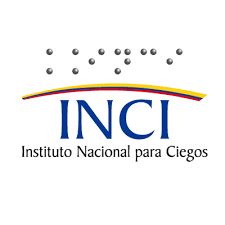Microservice architecture for a remote management platform for pastured poultry farming using Amazon Web Services and wireless mesh sensor networks
Grupo de Investigación en Tecnologías Computacionales Emergentes (GITCE). Universidad Tecnológica de Panamá
email: joseph.gonzalez3@utp.ac.pa
Professor, Universidad Tecnológica de Panamá (UTP)
email: vladimir.villarreal@utp.ac.pa
Professor, Universidad Tecnológica de Panamá (UTP)
email: lilia.munoz@utp.ac.pa
Introduction: A variety of innovative solutions known as Precision Livestock Farming (PLF) technologies have been developed for the management of animal production industries, including Wireless Sensor Networks (WSN) for poultry farming.
Problem: Current WSN-based systems for poultry farming lack the design of robust but flexible software architectures that ensure the integrity and proper delivery of data.
Objective: Designing a microservice-based software architecture (MSA) for a multiplatform remote environmental management system based on Wireless Mesh Sensor Networks (WMSN) to be deployed in pastured poultry farming spaces.
Methodology: A review about MSAs designed for animal farming was conducted, to synthesize key factors considered for the design process of the system data flow, microservice definition and the environmental monitoring system technology selection.
Results: A cloud MSA with a multi layered scheme using the Amazon Web Services (AWS) platform was developed, validating the persistence of environmental data transmitted from WMSN prototype nodes to be deployed in mobile chicken coops.
Conclusion: Defining an End-to-End data flow facilitates the organization of tasks by domains, allowing efficient event communication between components and network reliability both at the hardware and software levels.
Originality: This study presents a novel design for a remote environmental monitoring system based on WMSN for mobile coops used in pastured poultry and a multi layered MSA cloud management platform for this specific type of food production industry.
Limitations: Software architecture technology selection was based only on services offered, to the date of the study, in the free tier of the Amazon Web Service platform.
FAO, “Animal Production,” Food and Agriculture Organization of the United Nations. p. 1, 2023. [Online]. Available: https://www.fao.org/animal-production/en
ECLAC, “Goal 2: End hunger, achieve food security and improved nutrition and promote sustainable agriculture,” 2030 Agenda in Latin America and the Caribbean. p. 1, 2023. [Online]. Available: https://agenda2030lac.org/en/sdg/2-zero-hunger
O. Debauche, S. Mahmoudi, P. Manneback, and F. Lebeau, “Cloud and distributed architectures for data management in agriculture 4.0 : Review and future trends,” Journal of King Saud University - Computer and Information Sciences, vol. 34, no. 9, pp. 7494–7514, Oct. 2022. doi: https://doi.org/10.1016/j.jksuci.2021.09.015.
J. Gonzalez, V. Villarreal, and L. Muñoz, “A Proposal for the Remote Management of Hygrothermal Comfort Conditions in Mobile Chicken Coops Applying Precision Livestock Technologies and Mobile Computing,” Lecture Notes in Networks and Systems, Springer, Cham, 2023, pp. 616–621. doi: https://doi.org/10.1007/978-3-031-21333-5_62.
Y. A. Attia et al., “Poultry Production and Sustainability in Developing Countries under the COVID-19 Crisis: Lessons Learned,” Animals (Basel), vol. 12, no. 5, pp. 1–12, Mar. 2022. doi: https://doi.org/10.3390/ANI12050644.
J. Gonzalez, V. Villarreal, L. Munoz, and C. Pardo, “A systematic review about precision technologies for livestock production and their application in different stages of poultry farming,” 2022 V Congreso Internacional en Inteligencia Ambiental, Ingeniería de Software y Salud Electrónica y Móvil (AmITIC), Sep. 2022, pp. 1–8. doi: https://doi.org/10.1109/AmITIC55733.2022.9941267.
D.-T. Tran, “Design of real-time cow behavior monitoring system based on wireless sensor networks and K-Mmeans clustering algorithm,” Revista Ingeniería Solidaria, vol. 17, no. 3, pp. 1–18, Sep. 2021. doi: https://doi.org/10.16925/2357-6014.2021.03.11.
M. M. Salazar Cardona, “Design of a solar energy harvesting system for supplying energy to an autonomous wireless sensor node,” Revista Ingeniería Solidaria, vol. 17, no. 2, pp. 1–18, May 2021. doi: https://doi.org/10.16925/2357-6014.2021.02.02.
H. F. Mahdi, M. H. Alwan, B. Al-bander, and A. Z. Sameen, “A Comparision of Node Detection Algorithms Over Wireless Sensor Network,” International Journal of Interactive Mobile Technologies (iJIM), vol. 16, no. 07, pp. 38–53, Apr. 2022. doi: https://doi.org/10.3991/IJIM.V16I07.24609.
B. Alsinglawi, L. Zheng, M. A. Kabir, M. Z. Islam, D. Swain, and W. Swain, “Internet of Things and Microservices in Supply Chain: Cybersecurity Challenges, and Research Opportunities,” Lecture Notes in Networks and Systems, vol. 451 LNNS, pp. 556–566, 2022. doi: https://doi.org/10.1007/978-3-030-99619-2_52/COVER.
S. Aydin and M. Nafiz Aydin, “Design and implementation of a smart beehive and its monitoring system using microservices in the context of IoT and open data,” Comput Electron Agric, vol. 196, pp. 1–18, May 2022. doi: https://doi.org/10.1016/j.compag.2022.106897.
M. Taneja, N. Jalodia, J. Byabazaire, A. Davy, and C. Olariu, “SmartHerd management: A microservices‐based fog computing–assisted IoT platform towards data‐driven smart dairy farming,” Softw Pract Exp, vol. 49, no. 7, pp. 1055–1078, Jul. 2019. doi: https://doi.org/10.1002/spe.2704.
S. ben Atitallah, M. Driss, and H. ben Ghzela, “Microservices for Data Analytics in IoT Applications: Current Solutions, Open Challenges, and Future Research Directions,” Procedia Comput Sci, vol. 207, pp. 3938–3947, Jan. 2022. doi: https://doi.org/10.1016/J.PROCS.2022.09.456.
O. Debauche et al., “Data management and internet of things: A methodological review in smart farming,” Internet of Things, vol. 14, pp. 1–23, Jun. 2021. doi: https://doi.org/10.1016/J.IOT.2021.100378.
A. Jukan, F. Carpio, X. Masip, A. J. Ferrer, N. Kemper, and B. U. Stetina, “Fog-to-Cloud Computing for Farming: Low-Cost Technologies, Data Exchange, and Animal Welfare,” Computer (Long Beach Calif), vol. 52, no. 10, pp. 41–51, Oct. 2019. doi: https://doi.org/10.1109/MC.2019.2906837.
J. Mateo-Fornés, A. Pagès-Bernaus, L. M. Plà-Aragonés, J. P. Castells-Gasia, and D. Babot-Gaspa, “An Internet of Things Platform Based on Microservices and Cloud Paradigms for Livestock,” Sensors, vol. 21, no. 17, pp. 1–21, Sep. 2021. doi: https://doi.org/10.3390/s21175949.
I. Shabani, T. Biba, and B. Çiço, “Design of a Cattle-Health-Monitoring System Using Microservices and IoT Devices,” Computers, vol. 11, no. 5, pp. 1–17, May 2022. doi: https://doi.org/10.3390/computers11050079.
K. Dineva and T. Atanasova, “Design of Scalable IoT Architecture Based on AWS for Smart Livestock,” Animals, vol. 11, no. 9, pp. 1–30, Sep. 2021. doi: https://doi.org/10.3390/ani11092697.
I. Suciu, G. Boquet, P. Tuset-Peiró, and X. Vilajosana, “ADO: An open digital end-to-end tank based aquaculture platform,” HardwareX, vol. 11, pp. 1–18, Apr. 2022. doi: https://doi.org/10.1016/j.ohx.2022.e00283.
C. J. L. de Santana, B. de Mello Alencar, and C. V. S. Prazeres, “Reactive microservices for the internet of things,” Proceedings of the 34th ACM/SIGAPP Symposium on Applied Computing, Apr. 2019, vol. Part F147772, pp. 1243–1251. doi: https://doi.org/10.1145/3297280.3297402.
J. M. Álvarez Q., J. I. García M., and J. A. Sanabria O., “Online System Based on Microservices for Rapid Diagnostic of Pathogenic Bacteria in Seafood from Biogenic Amines Biosensors,” Communications in Computer and Information Science, vol. 1431 CCIS, Springer Science and Business Media Deutschland GmbH, 2021, pp. 202–212. doi: https://doi.org/10.1007/978-3-030-86702-7_18.
K. Dineva, “Integration of Heterogeneous Data from Distributed Iot Devices,” Bulgarian Academy of Sciences. pp. 1–33, 2020. [Online]. Available: https://www.iict.bas.bg/konkursi/2020/KrDineva/abstract.pdf
Z. Nurlan, T. Zhukabayeva, M. Othman, A. Adamova, and N. Zhakiyev, “Wireless Sensor Network as a Mesh: Vision and Challenges,” IEEE Access, vol. 10, pp. 46–67, 2022. doi: https://doi.org/10.1109/ACCESS.2021.3137341.
E. de Leon and M. Nabi, “An Experimental Performance Evaluation of Bluetooth Mesh Technology for Monitoring Applications,” IEEE Wireless Communications and Networking Conference, WCNC, vol. 2020-May, pp. 1–6, 2020. doi: https://doi.org/10.1109/WCNC45663.2020.9120762.
Q. T. Tran, D. D. Tran, D. Doan, and M. S. Nguyen, “An Approach of BLE Mesh Network for Smart Home Application,” Proceedings - 2020 International Conference on Advanced Computing and Applications, ACOMP 2020, pp. 170–174, 2020. doi: https://doi.org/10.1109/ACOMP50827.2020.00034.
T. C. Yang Lam, S. S. Ling Yew, and S. L. Keoh, “Bluetooth Mesh Networking: An Enabler of Smart Factory Connectivity and Management,” 2019 20th Asia-Pacific Network Operations and Management Symposium: Management in a Cyber-Physical World, APNOMS 2019, pp. 1–6, 2019. doi: https://doi.org/10.23919/APNOMS.2019.8893091.
K. Fjelde Pedersen, “Mesh Networking for IoT Implemented on robots using Bluetooth Low Energy Mesh and Thread,” Norwegian University of Science and Technology. pp. 1–106, 2019.
Featherman Equipment, “Prairie Schooner - Featherman Equipment - Pasture Raised,” Featherman Equipment. p. 1, 2023. [Online]. Available: https://www.feathermanequipment.com/shop/prairie-schooners/prairie-schooner/
S. Maftah, M. el Ghmary, H. el Bouabidi, M. Amnai, and A. Ouacha, “Optimal Task Processing and Energy Consumption Using Intelligent Offloading in Mobile Edge Computing,” International Journal of Interactive Mobile Technologies (iJIM), vol. 16, no. 20, pp. 130–142, Oct. 2022. doi: https://doi.org/10.3991/IJIM.V16I20.34373.
A. Meixner, “Where and When End-to-End Analytics Works,” SemiconductorEngineering. p. 1, May 2022. [Online]. Available: https://semiengineering.com/where-and-when-end-to-end-analytics-works/
S. Kahveci, B. Alkan, M. H. Ahmad, B. Ahmad, and R. Harrison, “An end-to-end big data analytics platform for IoT-enabled smart factories: A case study of battery module assembly system for electric vehicles,” J Manuf Syst, vol. 63, pp. 214–223, Apr. 2022. doi: https://doi.org/10.1016/J.JMSY.2022.03.010.
Intel Corporation, “Introduction — oneAPI Specification 1.0-rev-1 documentation,” OpenAPI. p. 1, 2020. [Online]. Available: https://spec.oneapi.io/versions/1.0-rev-1/elements/oneDAL/source/introduction.html
L. Paz-Fernandez, “Multilayer validation system for the automation of data in a WSN network with IOT devices,” Revista Ingeniería Solidaria, vol. 17, no. 1, pp. 1–26, Jan. 2021. doi: https://doi.org/10.16925/2357-6014.2021.01.04.
P. di Francesco, P. Lago, and I. Malavolta, “Architecting with microservices: A systematic mapping study,” Journal of Systems and Software, vol. 150, pp. 77–97, Apr. 2019. doi: https://doi.org/10.1016/j.jss.2019.01.001.
G. Stafford, “Environmental Sensor Telemetry Data ,” Kaggle. p. 1, 2021. [Online]. Available: https://www.kaggle.com/datasets/garystafford/environmental-sensor-data-132k
Amazon Web Services, “Cloud Computing Services,” AWS. p. 1, 2022. [Online]. Available: https://aws.amazon.com/?nc1=h_ls
Copyright (c) 2023 Ingeniería Solidaria

This work is licensed under a Creative Commons Attribution 4.0 International License.
Cession of rights and ethical commitment
As the author of the article, I declare that is an original unpublished work exclusively created by me, that it has not been submitted for simultaneous evaluation by another publication and that there is no impediment of any kind for concession of the rights provided for in this contract.
In this sense, I am committed to await the result of the evaluation by the journal Ingeniería Solidaría before considering its submission to another medium; in case the response by that publication is positive, additionally, I am committed to respond for any action involving claims, plagiarism or any other kind of claim that could be made by third parties.
At the same time, as the author or co-author, I declare that I am completely in agreement with the conditions presented in this work and that I cede all patrimonial rights, in other words, regarding reproduction, public communication, distribution, dissemination, transformation, making it available and all forms of exploitation of the work using any medium or procedure, during the term of the legal protection of the work and in every country in the world, to the Universidad Cooperativa de Colombia Press.
How to Cite
Funding data
-
Secretaría Nacional de Ciencia, Tecnología e Innovación
Grant numbers UTP-SENACYT Educational Collaboration Agreement No.013-2021










